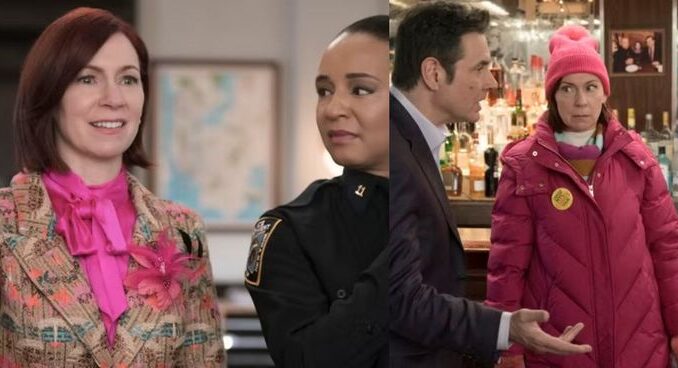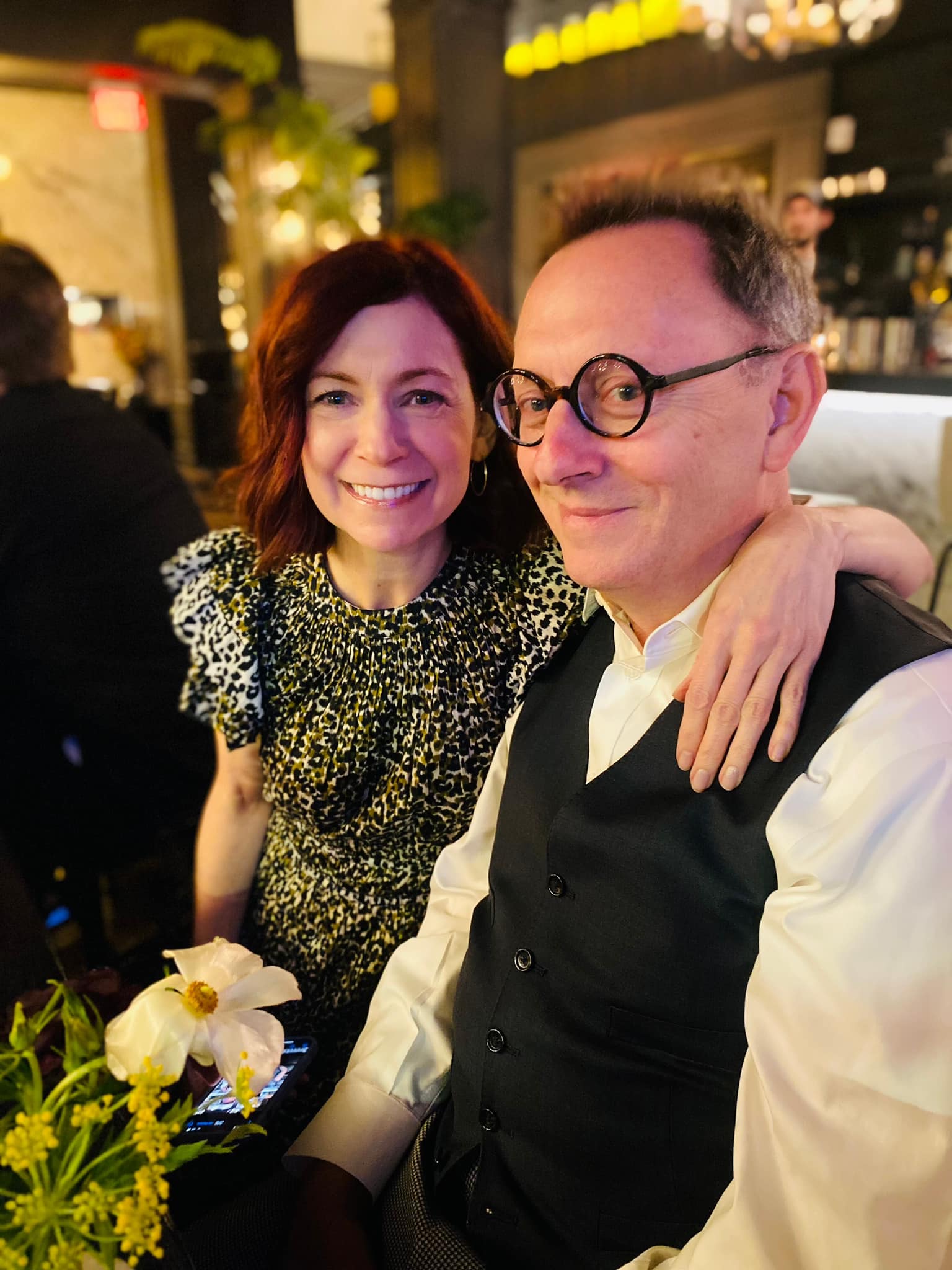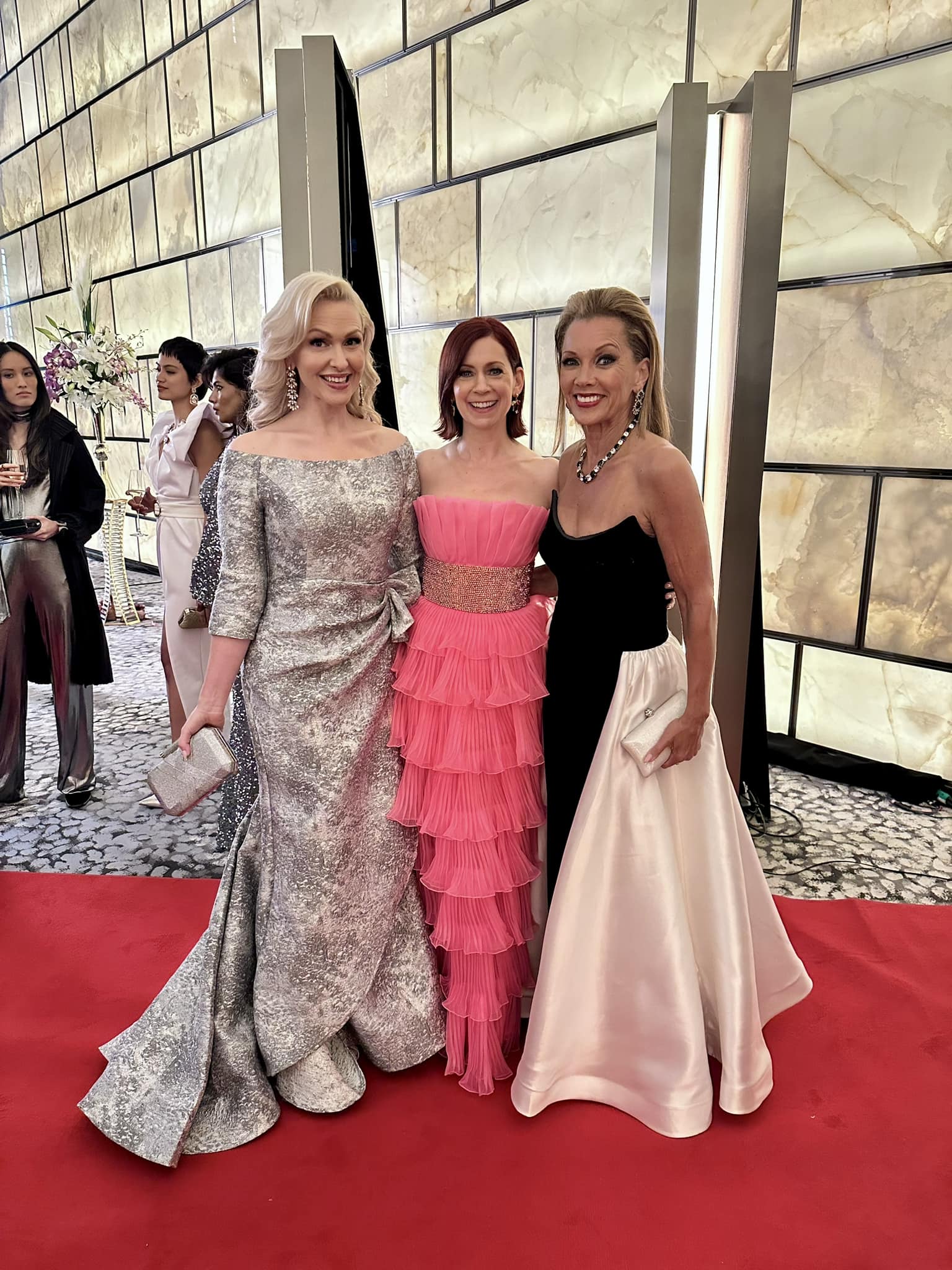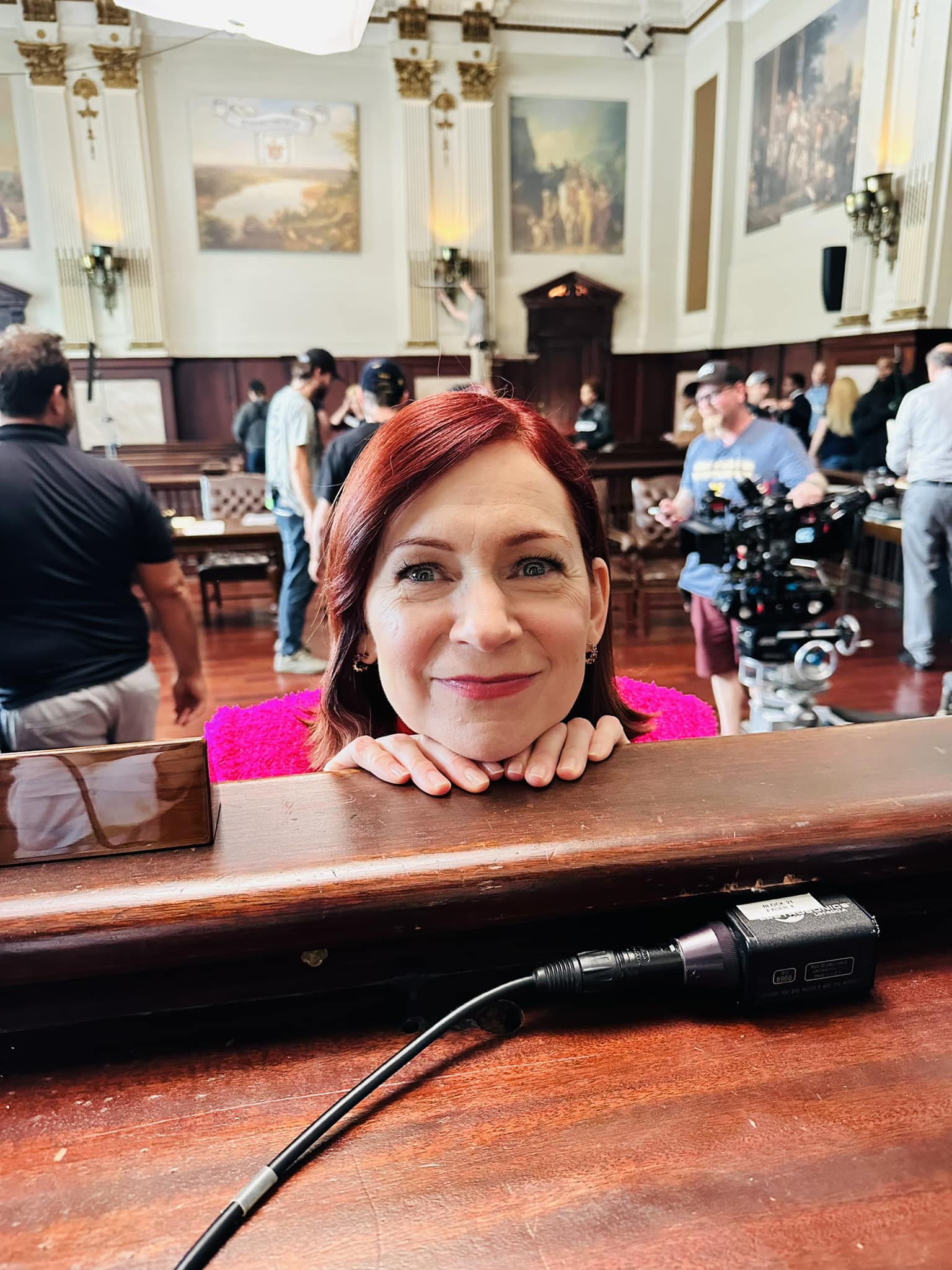
The world of The Good Wife and The Good Fight has captivated audiences for years with its complex characters, gripping storylines, and intricate legal drama. These shows created a deep connection with fans who became emotionally invested in the characters’ journeys. So, when the spinoff show Elsbeth was announced, many expected a reunion of some of the iconic characters from these beloved series.
However, as the show unfolded, fans were left wondering why more characters from The Good Wife and The Good Fight didn’t make a return. After all, these shows have set a high bar for legal dramas, and Elsbeth seemed like the perfect opportunity to bring back old faces. So, why did this spinoff leave many wondering “What happened?” Let’s dive into the reasons behind this decision as explained by the showrunner of Elsbeth.

Understanding the Spinoff World: What Makes Elsbeth Different?
Elsbeth is a spinoff that stands out in many ways from its predecessors, The Good Wife and The Good Fight. While both of the original shows were grounded in intense political and legal themes, Elsbeth takes a different approach by focusing on its titular character, Elsbeth Tascioni, played by Carrie Preston. As quirky and brilliant as she is, Elsbeth has always been a standout character in both shows.
However, the shift in focus to Elsbeth and her world brings with it some challenges in terms of maintaining the delicate balance between fresh storytelling and fan expectations. This is where the showrunner’s explanation starts to make sense.
The Showrunner’s Vision: A Fresh Start, Not a Continuation
According to Elsbeth’s showrunner, Michelle King, one of the primary reasons we don’t see a slew of familiar faces from The Good Wife and The Good Fight is because the vision behind Elsbeth is to create a new, standalone narrative that gives Elsbeth the freedom to shine on her own.
King emphasized that while the previous shows had a sprawling ensemble cast, Elsbeth needed to carve out a unique space. Forcing in too many established characters would have diluted the essence of what made Elsbeth’s character so compelling in the first place. “We didn’t want to just rely on nostalgia,” King stated, “we wanted to tell a story about a woman navigating a new chapter in her life, with its own set of challenges.”
The Risk of Repeating History: Why More Crossovers Could Have Been a Mistake
In the world of spinoffs, there is often a pressure to keep the connection to the original show as strong as possible. Fans love familiar faces, and there’s a temptation to bring back beloved characters just for the sake of it. However, King made it clear that this could’ve undermined the very concept of Elsbeth.
There’s a danger in leaning too heavily on nostalgia. As much as fans may clamor for familiar characters, a spinoff runs the risk of becoming a mere rehash of what’s already been done. By introducing too many The Good Wife or The Good Fight characters into Elsbeth, the show might have lost its ability to stand out on its own. King acknowledged that finding the right balance was key, and this meant being selective about who came back – if anyone at all.
Balancing Fan Expectations with Storytelling Needs

Fans have every right to expect their favorite characters from The Good Wife and The Good Fight to make an appearance, and the showrunner is fully aware of this. However, King explained that there’s always the challenge of meeting fan expectations while also ensuring the story makes sense.
“We didn’t want to throw in characters just to satisfy fans,” she said. “If we brought someone back, it had to make sense for Elsbeth’s story. We weren’t going to bring in a character just to tick a box.”
By prioritizing the integrity of the story over fan service, Elsbeth ensures that its narrative doesn’t feel forced or out of place. It’s a bold choice, but one that allows for more nuanced character development and a stronger connection to Elsbeth herself.
The Complexity of Bringing Back Iconic Characters
Bringing back characters from The Good Wife and The Good Fight is not as simple as fans might think. The series spanned multiple seasons, with many characters evolving in significant ways. To reintroduce them into Elsbeth would require a great deal of careful thought. Would these characters still fit into Elsbeth’s world? And would their presence overshadow her journey?
The Reality of Scheduling and Actor Availability
One of the more practical reasons why we haven’t seen more characters from the original shows is the availability of the actors themselves. Many of the original cast members from The Good Wife and The Good Fight have moved on to new projects or have become entrenched in other commitments.
Actors like Julianna Margulies (Alicia Florrick) and Christine Baranski (Diane Lockhart) have built careers beyond their iconic roles, making it difficult to bring them back into the fold. Even if they were interested in reprising their roles, scheduling conflicts could make their appearances in Elsbeth unfeasible.
The Fine Line Between Reuniting and Overcrowding
Another consideration is the potential for overcrowding the narrative. The Good Wife and The Good Fight both had large, intricate casts, and introducing too many characters could detract from the show’s focus. Elsbeth’s quirkiness and her unique perspective would be at risk of being lost if the storyline became too crowded with past faces.
Michelle King also hinted that, while crossovers are exciting for fans, they can sometimes take away from the emotional depth of the central story. “Elsbeth needed to be her own person, without always being tethered to the past,” King explained.
How Elsbeth Carves Its Own Path in the Legal Drama Universe

While Elsbeth may not bring back a multitude of characters from The Good Wife and The Good Fight, it still stays true to the spirit of both shows. The legal drama genre is built on intense moral quandaries, high stakes, and sharp dialogue—and Elsbeth is no exception.
Elsbeth’s character, with her offbeat style and razor-sharp intellect, has allowed the spinoff to build its own identity. Her world feels fresh, despite its legal underpinnings, because it explores the complexities of human relationships from a different lens. This is the kind of show that doesn’t need to rely on old faces to succeed. It thrives on originality.
The Role of Nostalgia in TV Spinoffs
Nostalgia is a powerful tool in the world of television, but it isn’t always the answer. While fans of The Good Wife and The Good Fight undoubtedly want to see more of their favorite characters, there’s a risk of overusing nostalgia in a way that feels inauthentic. King’s decision to minimize the use of familiar faces might have disappointed some viewers, but it also ensures that the story remains focused on new and exciting possibilities.
What’s Next for Elsbeth and the Future of Crossovers
As the series progresses, there is still potential for Elsbeth to evolve and introduce new characters from the original shows. While King has been cautious about bringing back too many familiar faces, she hasn’t ruled out the possibility of future crossovers.
“I think we’ll continue to be thoughtful about how we integrate past characters,” King said. “But it has to be done in a way that enhances Elsbeth’s journey, not detracts from it.”
The door is not completely closed, but for now, Elsbeth stands as a testament to the strength of original storytelling.
Conclusion: The Bold Choice to Keep Elsbeth Unique
In the world of spinoffs, it’s easy to fall into the trap of relying too heavily on past successes. Elsbeth has, however, chosen to create its own space, and in doing so, it risks both alienating some fans and opening up new possibilities for character development. The show’s focus on Elsbeth’s individual story—rather than bringing back old characters just for the sake of it—sets it apart from other legal dramas and spinoffs.
